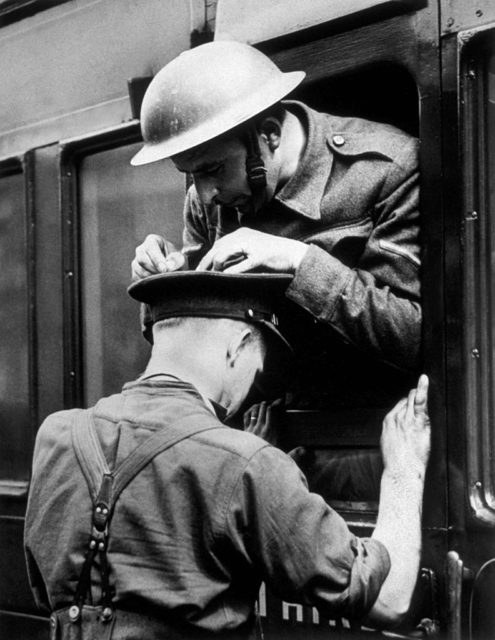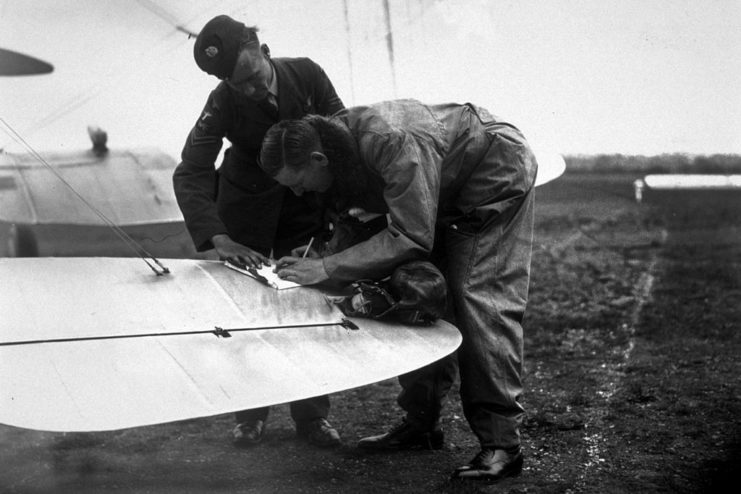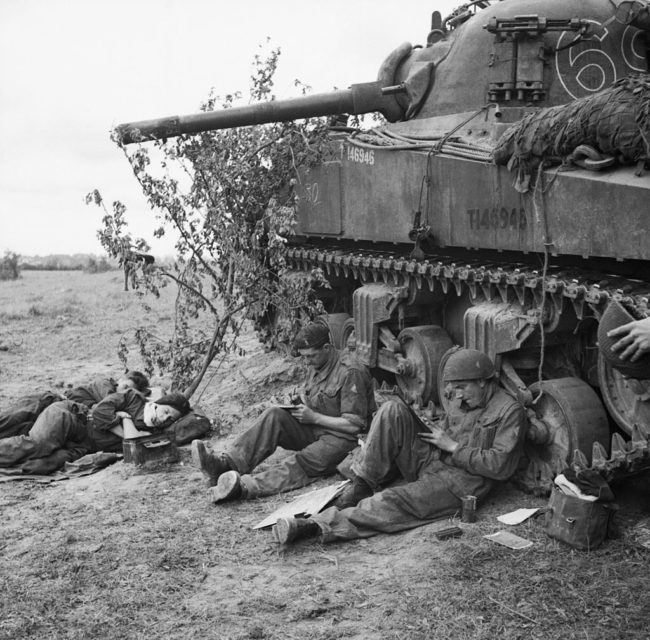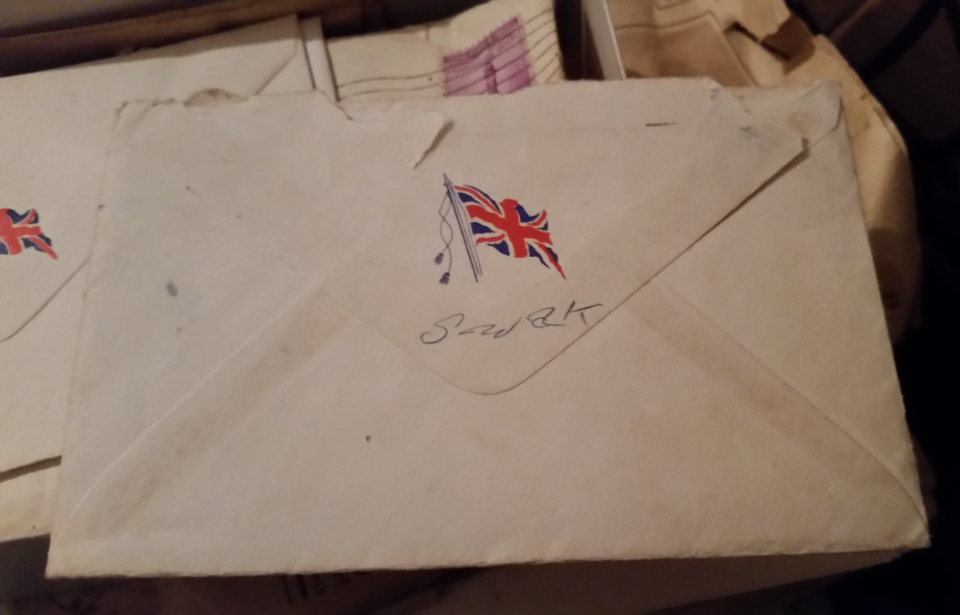Letter writing was used on all fronts of the Second World War as a way for soldiers to keep in touch with friends and family. It helped maintain morale, with many countries creating propaganda to encourage civilians on the home front to send messages overseas. Whether discussing their role, how much they missed the recipient or making intimate insinuations, many of the letters sent during WWII included creative acronyms, allowing some to include messages that were far from wholesome.
Letters written from the frontlines

Although mail was used to keep contact between the home front and the frontlines, some of the most interesting messages were between those in romantic relationships. Letter writers during WWII commonly used acronyms to convey their feelings to their partners, and while there’s no definitive reason as to why, it was likely due to censorship.
Letters sent from the front were read by censors, typically ranking officers, to ensure military secrets weren’t revealed should the mail not reach its intended destination. Information like physical location, battalion size and even weather forecasts were cut out or crossed out. Knowing their messages would be read beforehand likely lead these romantic writers to create their own code.
Terms of endearment

Most often, the acronyms in letters sent during WWII were written on the back of the envelope, rather than in the letter, and conveyed a range of feelings and desires. However, not all soldiers were able to use this creative system. Sailors with the British Royal Navy, for example, were only allowed to use approved acronyms on their envelopes, such as OOLAAKOEW – “oceans of love and a kiss on every wave.”
A whole host of acronyms were created to pass on sweet messages to romantic partners, the most common of which was SWA(L)K – “sealed with a (loving) kiss.” Others referenced feelings about the relationship using words like:
- HOLLAND – “Hope our love lives/lasts and never dies”
- ITALY – “I trust and love you/I’m thinking about loving you”
- FRANCE – “Friendship remains and never can end”
- BELFAST – “Be ever loving, faithful and stay true”
Some WWII letter acronyms were shockingly scandalous

When it came to writing letters during WWII, some far more creative acronyms were used to express explicit and intimate thoughts. These included:
- VENICE – “Very excited now I caress everywhere”
- NORWICH – “Knickers off ready when I come home”
- CHINA – “Come home I’m naked already”
- BURMA – “Be undressed and ready my angel/Be upstairs and ready upon my arrival”
- ENGLAND – “Every naked girl loves a naked d**k”
More from us: Norman Lear Flew 52 Combat Missions with the US Army Air Forces During WWII
One of the problems with the acronyms, however, was that they weren’t official or standardized, meaning they varied greatly depending on who was writing the letter. For example, EGYPT could express the sweet sentiment, “Ever give you pleasant thoughts,” or it could mean something entirely different, something you wouldn’t want to say to the friendly pen pal you’d just made, “Eager to grab your pretty t*ts.”
